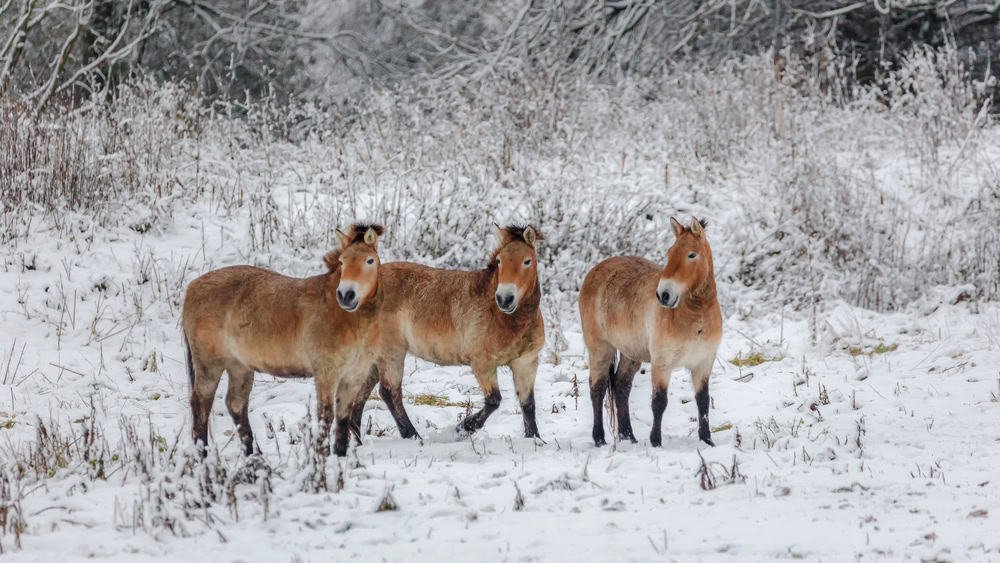Imagine a creature so adaptable and destructive that it has become an ecological nightmare, a menace that even the vastness of Texas struggles to contain. Feral hogs, with their relentless appetite and cunning survival skills, have become an ecological crisis that stretches far beyond the Lone Star State. These creatures are not just a nuisance; they are a force of nature that has managed to upend ecosystems, cause millions in damages, and challenge conservationists and landowners alike. How did these animals, once domesticated, transform into the wild beasts that roam freely and wreak havoc? This is the story of how feral hogs became an ecological crisis bigger than Texas.
The Origins of the Feral Hog Phenomenon
The tale of feral hogs in America begins with early European settlers. Brought over as a reliable food source, pigs were initially domesticated and kept in enclosures. However, as settlements expanded, many pigs were allowed to roam freely to forage, leading to inevitable escapes. Over time, these once-domestic pigs adapted to the wild, breeding with wild boars that were also introduced. This interbreeding resulted in the modern feral hog, a resilient and highly adaptable animal known for its intelligence and ferocity. With no natural predators and a high reproductive rate, feral hog populations exploded, setting the stage for the ecological crisis we face today.
Unstoppable Reproduction and Population Growth
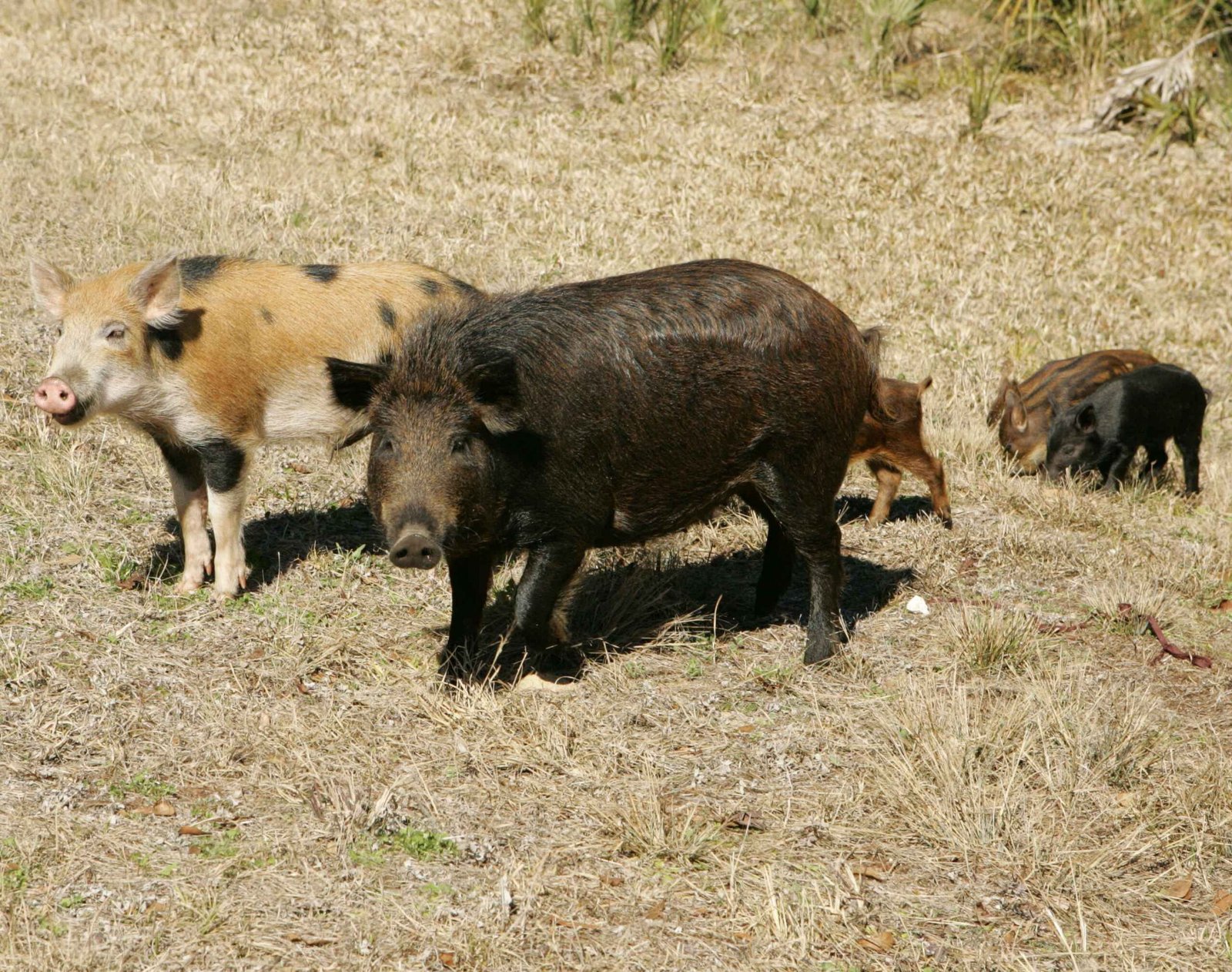
One of the most shocking aspects of feral hogs is their incredible reproductive capacity. A single sow can birth two litters a year, with each litter averaging six to twelve piglets. This means that a small population can quickly become a massive herd in just a few years. Unlike many animals, feral hogs can thrive in diverse environments, from forests to grasslands, and even urban areas. Their ability to adapt and reproduce rapidly makes controlling their population a daunting task. This exponential growth has overwhelmed ecosystems and left landowners scrambling for solutions.
The Ecological Impact on Native Species
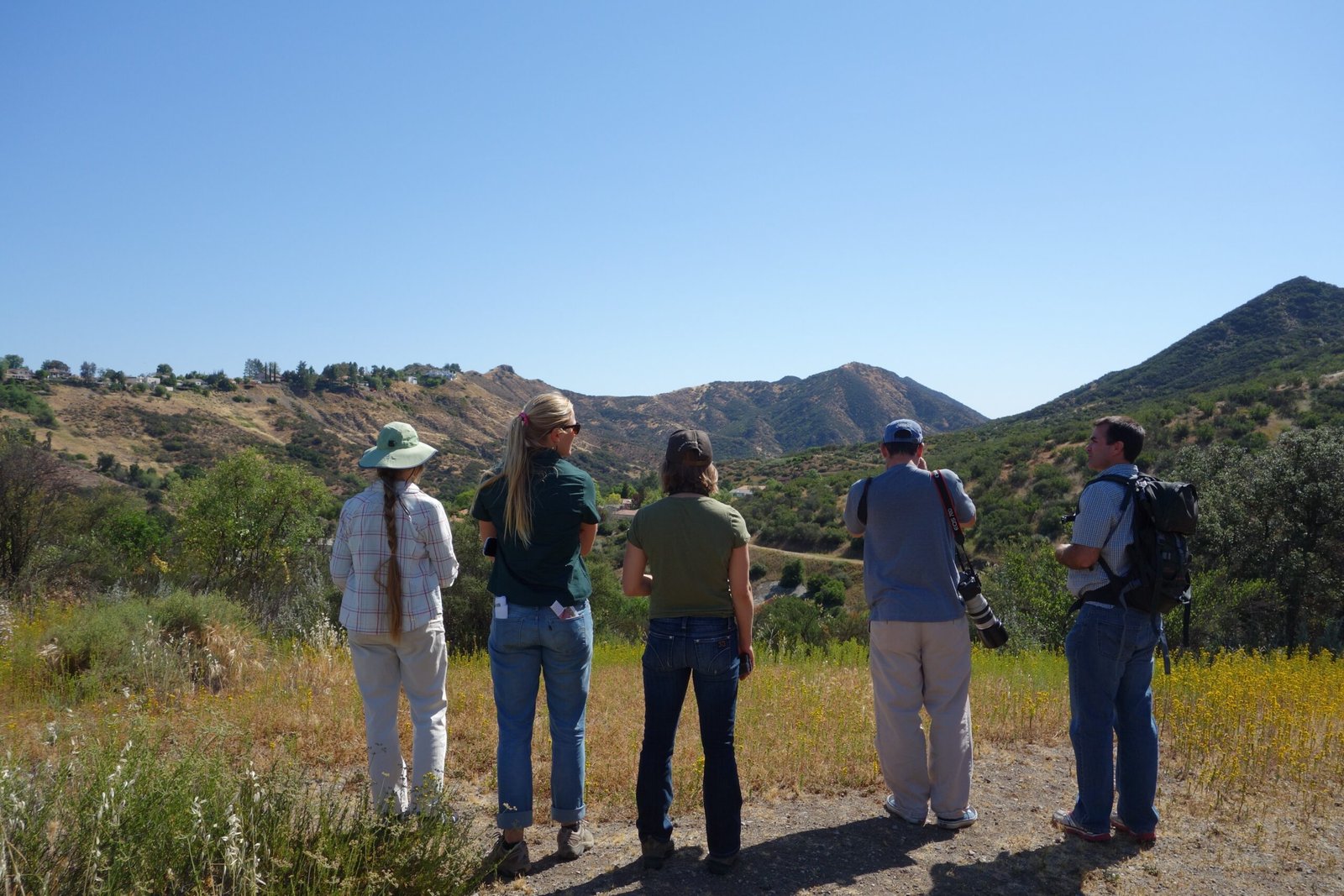
Feral hogs are not just a problem for agriculture; they pose a significant threat to native wildlife. As omnivores, they consume a wide variety of plants and animals, often outcompeting native species for food. They have been known to prey on ground-nesting birds, small mammals, and even reptiles, disrupting the delicate balance of local ecosystems. Their rooting behavior, where they dig up the ground in search of food, destroys habitats and can lead to soil erosion and water contamination. This devastation has far-reaching consequences for biodiversity and the health of natural landscapes.
Agricultural Damage and Economic Costs

For farmers and landowners, feral hogs are a costly problem. These animals cause millions of dollars in damage annually to crops and livestock. Their rooting behavior can destroy entire fields overnight, leaving farmers with significant financial losses. Additionally, feral hogs can spread diseases to domestic livestock, further impacting agricultural productivity. The economic burden of managing feral hog populations, combined with the cost of repairing damage, places a heavy strain on rural communities. This financial impact is felt not just in Texas, but across the United States, as feral hog populations spread.
Health Risks and Disease Transmission
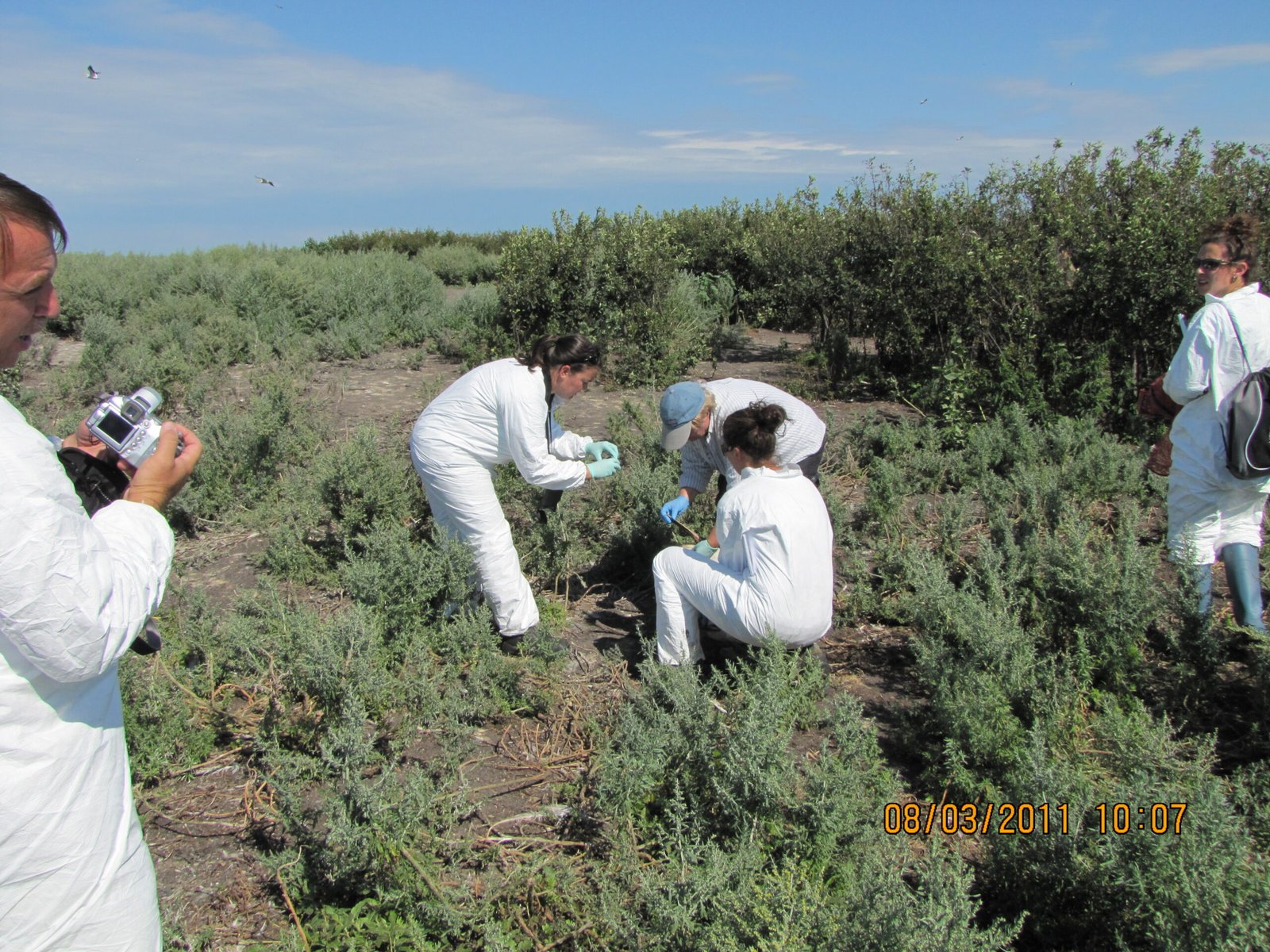
Feral hogs are carriers of several diseases that pose risks to humans, livestock, and wildlife. They can transmit diseases such as brucellosis, pseudorabies, and leptospirosis, which can have severe health implications. The risk of disease transmission is heightened by the hogs’ interactions with humans and domestic animals. Hunters and farmers who come into contact with feral hogs are particularly vulnerable. This health risk adds another layer of complexity to managing feral hog populations, as controlling the spread of disease is crucial for protecting public health and agricultural interests.
Efforts to Control the Invasion
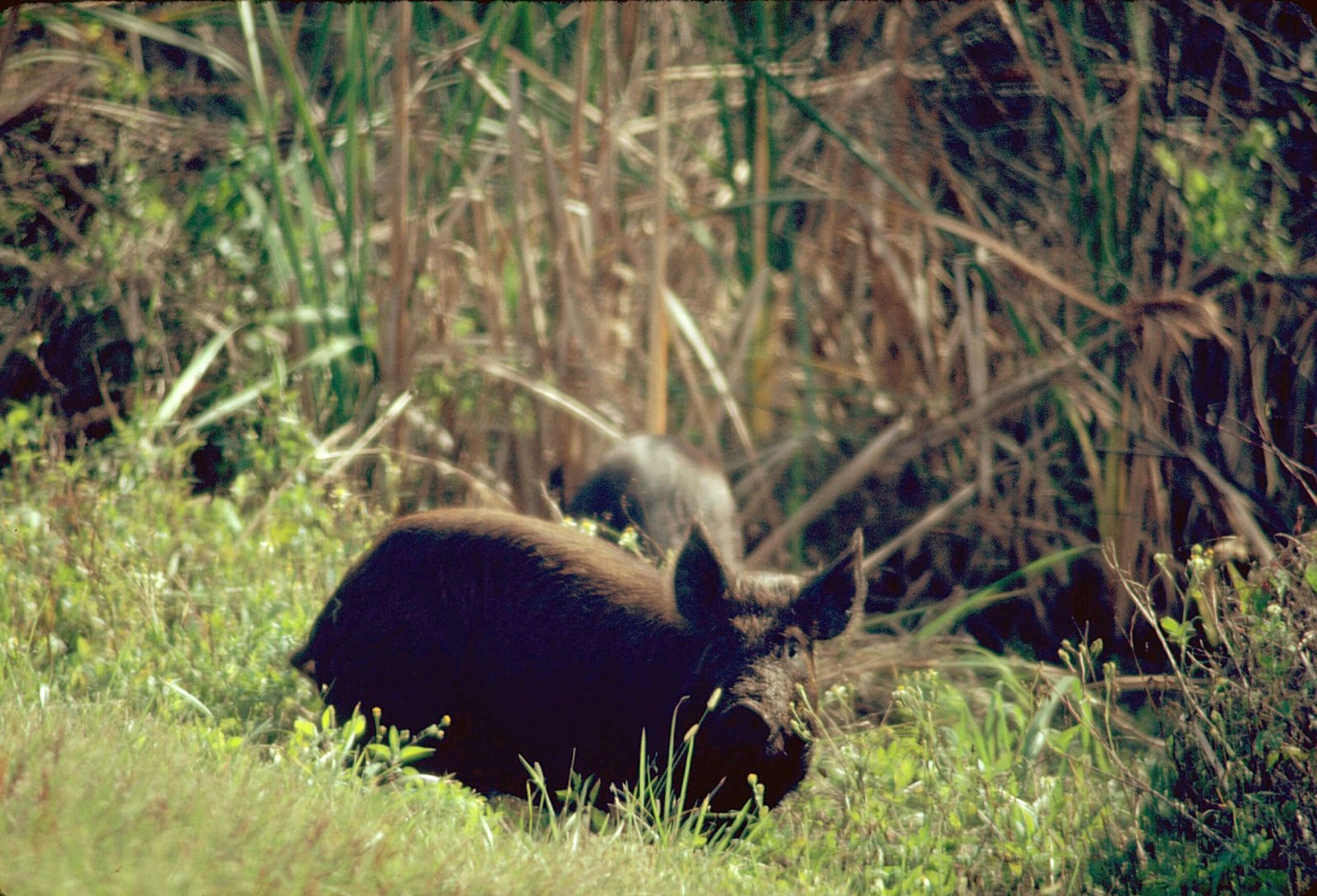
Controlling the feral hog population is a complex and ongoing challenge. Various methods have been employed, including trapping, hunting, and even fencing. However, these methods often provide only temporary relief, as hogs can quickly repopulate areas. Some states have implemented bounty programs to incentivize hunters, while others have invested in research to develop more effective control strategies. Despite these efforts, the sheer adaptability and reproductive rate of feral hogs make them a formidable opponent. Collaboration between government agencies, landowners, and researchers is essential to developing sustainable solutions.
Innovative Solutions and Technological Advances

As the feral hog crisis continues, innovation and technology play a crucial role in developing new solutions. Advances in tracking and monitoring technologies, such as drones and GPS collars, have improved the ability to study and manage feral hog populations. Scientists are exploring genetic and biological control methods, such as contraceptive vaccines, to reduce reproduction rates. These innovative approaches offer hope for more effective long-term management of feral hog populations. However, implementing these solutions requires significant investment and collaboration across various sectors.
The Role of Public Awareness and Education
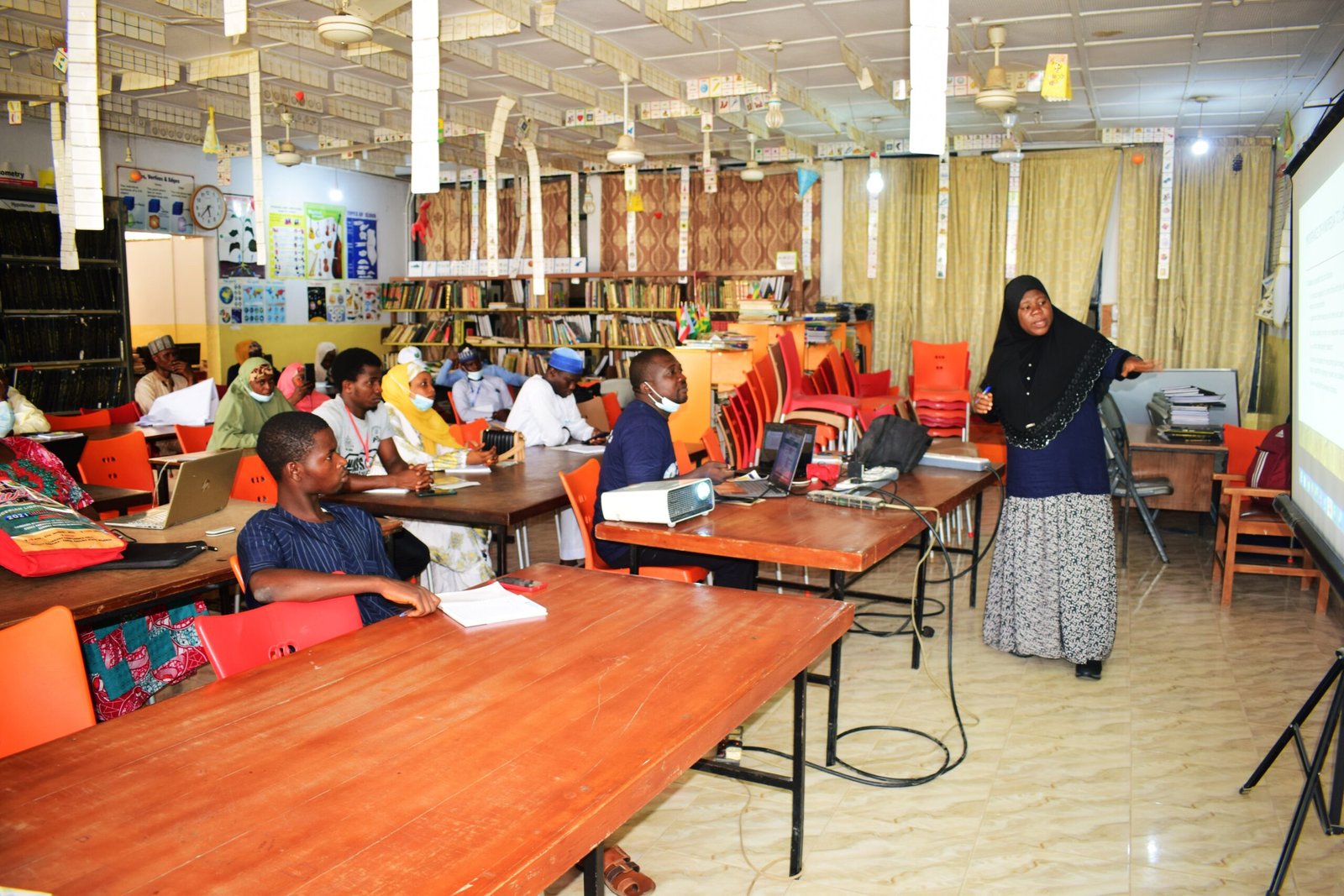
Raising public awareness about the feral hog crisis is vital for garnering support and resources for management efforts. Education campaigns can inform communities about the ecological and economic impacts of feral hogs and encourage responsible land management practices. By involving local communities in monitoring and reporting hog activity, authorities can better coordinate control efforts. Public education also emphasizes the importance of not releasing domestic pigs into the wild, preventing further contributions to the feral hog population. Community engagement is a critical component of addressing this ecological crisis.
The Global Perspective: Feral Hogs Beyond Texas
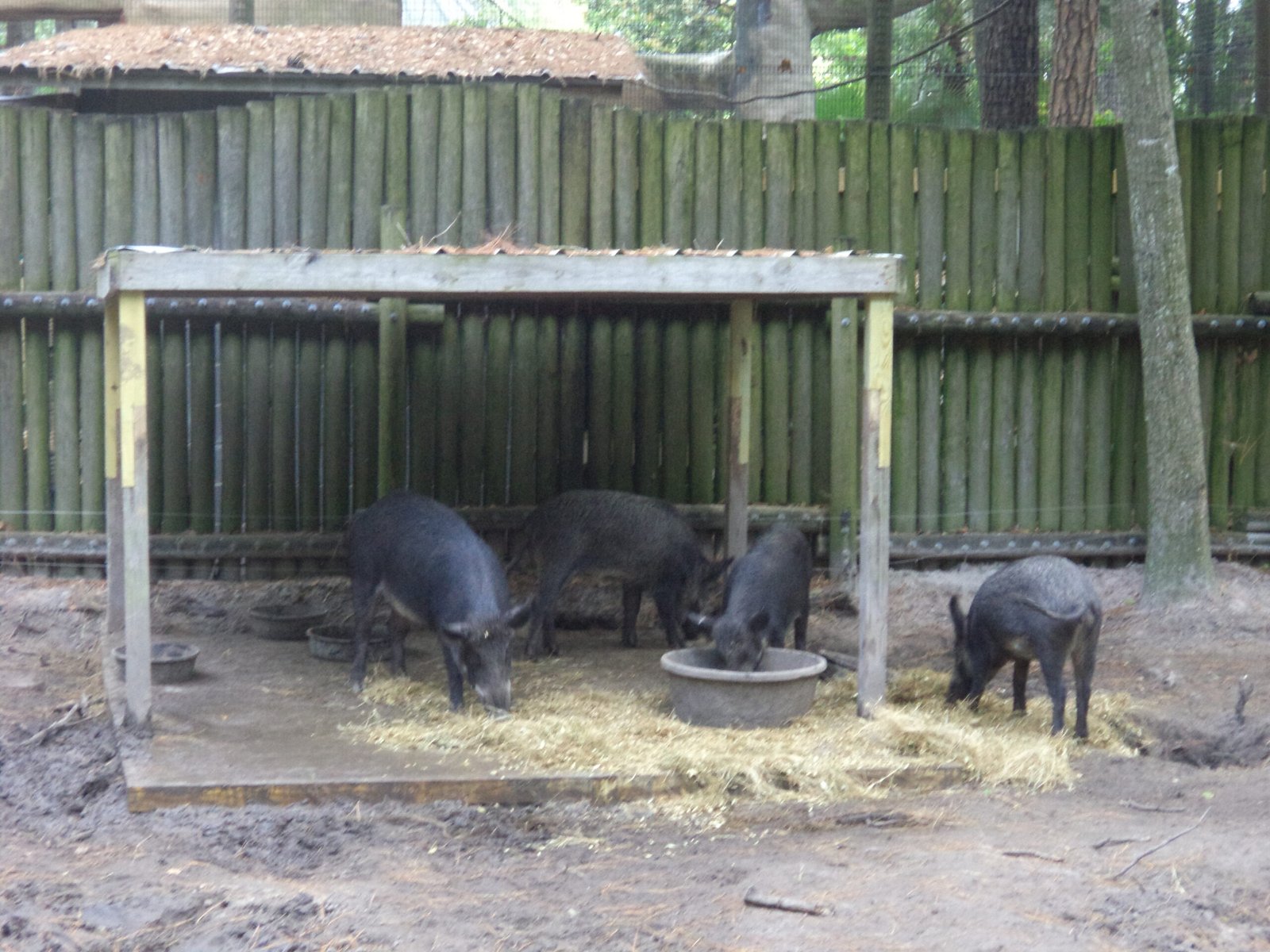
While Texas is often highlighted as the epicenter of the feral hog crisis, these animals have become a global concern. Feral hogs are found on every continent except Antarctica, causing ecological and economic challenges worldwide. Countries like Australia and Canada face similar issues, with feral hogs threatening native species and agricultural industries. The global nature of this problem underscores the need for international cooperation and knowledge sharing. By learning from each other’s experiences and strategies, countries can better address the challenges posed by feral hogs.
A Call to Action: The Future of Feral Hog Management

The feral hog crisis is a complex and multifaceted issue that requires immediate and sustained action. As these animals continue to spread and cause damage, innovative solutions and collaborative efforts are essential. Governments, researchers, and communities must work together to develop and implement effective management strategies. Public awareness and education play a crucial role in mobilizing support and resources. The future of feral hog management depends on our ability to adapt and respond to this evolving threat. What steps will we take to protect our ecosystems and livelihoods from this ecological crisis?



